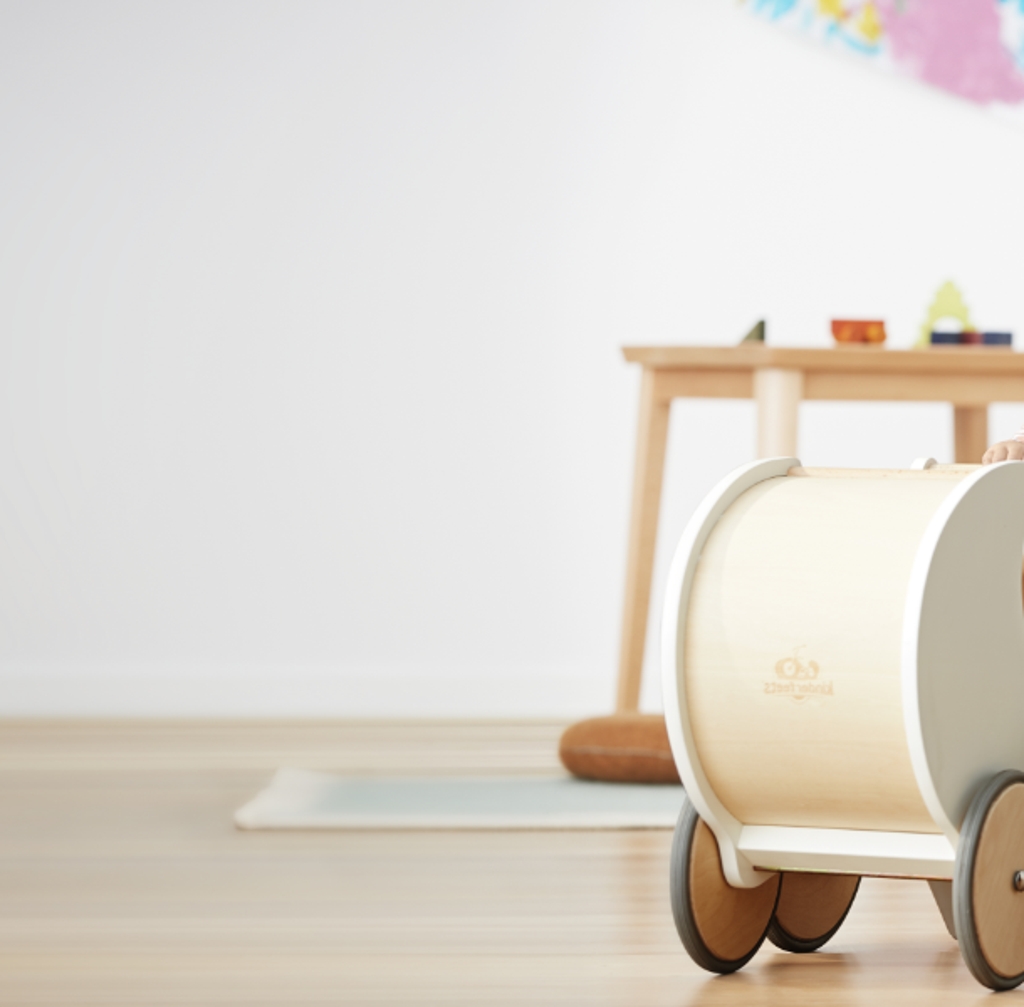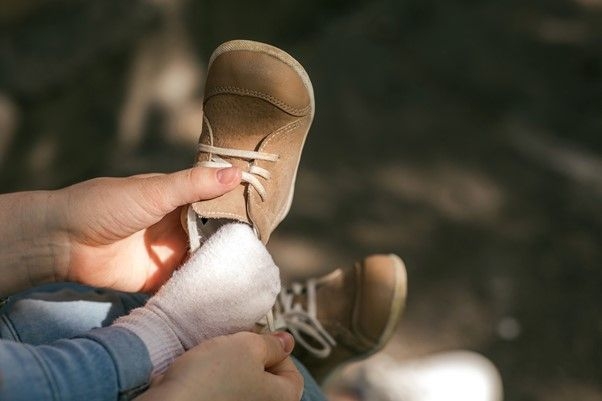Footwear can be fun. Dressing your little one in a new pair of tiny booties for the first time will probably bring you a brand new type of joy. But, when it comes to footwear for kids who are walking, it’s important to remember that support needs to trump fashion. Your child won’t need footwear for support until they’ve been walking for a little while.
When should I look into footwear?
For babies who aren’t walking, footwear is more about warmth. This is when you can make decisions based on style, and which pair of booties is more adorable or matches your little one's eyes the best.
While learning to walk, your little one should be barefooted. Feeling through the bottom of their feet provides your child with sensory information and builds muscle strength. Once your toddler is walking around more often and more confidently – particularly once they start walking around outside – you should look into supportive footwear.
How should footwear fit my toddler?
Shoes should fit in length and width. Your toddler’s foot can grow quickly, so don’t get too attached to any particular pair of shoes; they could be too small in a couple of months. Keep in mind there should be wriggle room for toes, so toes shouldn’t be squished up.
You also want to ensure there’s not too much room or your little one's foot will naturally grip the soul of the shoe to keep it on. Aim to feel the big toe almost but not quite touching the tip of the shoe when you squeeze it between your thumb and forefinger – a gap of roughly one to one and a half centimetres is generally best. A sole with a pattern can help with traction, rather than a totally flat-soled shoe. If you’re unsure, consult your podiatrist or paediatrician when choosing the first pair of supportive shoes.
How to choose the right footwear
Have both of your toddler’s feet measured? In the not unusual case that one foot is larger than the other, buy the larger size. The size difference shouldn’t be more than one full size. If this is the case, think about having professional shoes tailored as it isn’t good for foot development to wear a shoe over one size too large. Similarly, shoes should not be too tight.
Your toddler’s shoes should have Velcro (or laces if you don’t mind doing them up yourself for now). Some kind of fastening factor will help the shoe fit snug, and make it harder to kick them off in an inconvenient place.
Let your toddler be involved in the decision process when it comes to colour or pattern. Once you’ve found shoes of a suitable size, encouraging your toddler to be active in the design-picking may help them respect their property more, and better enjoy the shoe shopping experience.
There are 26 bones, 35 joints and many ligaments all in your tot’s tiny feet. Supportive footwear as a toddler will better prepare them for all those outdoor adventures and may help your kid develop stronger feet as they grow up.
Recommended Articles:
https://www.babybunting.com.au/baby-talk-blog/5-Tips-for-Working-from-Home-with-Your-Toddler/
https://www.babybunting.com.au/baby-talk-blog/introducing-sport-and-exercise-to-your-toddler/

